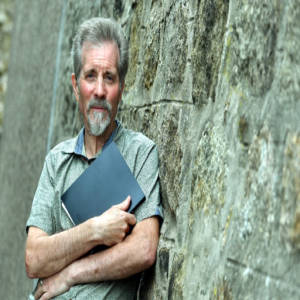Deer Abbey
http://youtu.be/LJVFY_LX9Ik
This ruins are just a few miles from our village.
Deer Abbey was founded in 1219 by Sir William Comyn, Earl of Buchan. Cistercian monks from Kinloss Abbey, near Elgin, were invited to establish the monastery. In 1233 they buried their patron in their new church.
The brethren appear to have lived a quiet and contemplative life until the Protestant Reformation in 1560 brought their existence to a close.
Only the footings of the church remain. Excavations in the 1800s showed that it followed the standard layout – an aisleless rectangular presbytery extending eastward from a pair of transepts and a nave with a north aisle to the west.
A little more of the cloister remains, particularly the south range, where the refectory (dining hall) was. However, what is left standing underwent considerable alteration after the last monk died.
In 1587 the abbey became the secular barony of Altrie. By the late 1700s, the south and west ranges were being used as ‘the family’s lodgings’ and ‘tenants’ house’ respectively.
The abbey was eventually owned by a certain Admiral Ferguson . In 1854, he destroyed most of what was left standing and replaced it with a large mausoleum for himself.
When the Roman Catholic Diocese of Aberdeen acquired the site in 1926, they in turn demolished the mausoleum. All that was retained was its classical portico, which now graces the entrance to the site. The site came into State care as an ancient monument in 1933. Today the diocese organises annual pilgrimages to this quiet and contemplative spot.
Deer Abbey is renowned for a medieval pocket gospel book, the Book of Deer. Now in Cambridge University, it is thought to have been made in the early 900s – but exactly where is unknown. It was certainly in the possession of the abbey by the 1100s. Notes in Gaelic were added, describing the legend of St Columba and his disciple Drostan founding the first monastery in the 6th century. The notes also record grants of land to the clerici (secular priests), who lived there before the abbey was established.
- 7
- 0

Comments
Sign in or get an account to comment.


